Asia
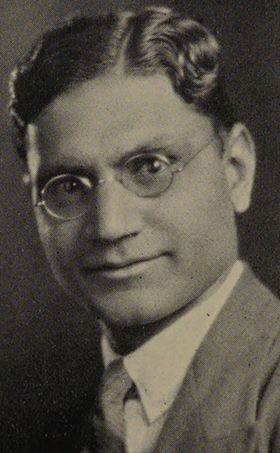
Sudhir Kumar Chakravarti, Class of 1931
Calcutta, India - Mechanical Engineering
Chakravarti joined WPI in September 1930 with his friend, Monmatha Nath Chakrabarty, after studying General Science together at Calcutta University. Before arriving at WPI, he served as an apprentice in the Sikdar Iron Works and taught the Principles of Mechanical Engineering for three years at the College of Engineering and Technology at Bengal.
Chakravarti was involved in the Cosmopolitan Club and in a November 4, 1930 issue of Tech News titled “The Cosmo Club Meets Tomorrow: Mr. Chakravarti Will be Speaker of the Evening,” was described as “a Hindu student here at Tech" who was invited to speak with the club about “The Present Conditions in India, and the Factors Concerning this Condition” (https://digital.wpi.edu/show/w37639290).
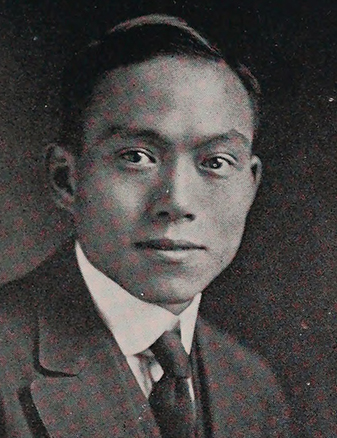
Li Chen, Class of 1922
Zhejiang, China - Electrical Engineering
Chen enrolled in WPI in the Fall of 1918 after completing his course of study at Tsing Hua School in his native China. Well-liked by his classmates, Chen was a superb athlete where his skill in tennis and soccer were recorded. He also earned praise for his acting performance in a school sponsored stage adaption of "Officer 666."
Chen's academic skills were also noted alongside his friendly-nature. Upon his return to China after graduation, his classmates remarked "no greater and more pleasing combination of dignity and reserve with friendliness and social-ability have we seen, and we regret we can not be with Li any longer..."
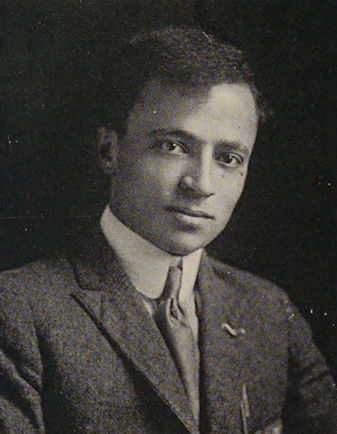
Charles A. Gammal, Class of 1920
Damascus, Syria – Chemistry
Gammal graduated from Worcester Classical High School and joined WPI in 1916. He was described as quiet, but delighted in little tricks such as exploding potassium picrate near some unsuspecting person absorbed in their work. His antics led his classmates to name him a "Knight of the Wash Bottle in the Organic Lab.”
Gammal’s thesis work on “Occlusion of Barium Sulphile by Barium Sulphate” was featured in the April 13th, 1920 issue of Tech News and described his work as having an important bearing on the use of the chemical in certain paints (https://digital.wpi.edu/show/t148fm24z).

Vahan B. Kurkjian, Class of 1926
Arabkir, Armenia – Electrical Engineering
Kurkjian arrived at WPI after spending time in Iraq and at Northeastern University after fleeing his homeland of Armenia. "Kurjy" was well-liked by his classmates for his sincere appreciation of American humor.
He was considered a great theorist by his peers with an abounding desire to understand the "why" of any phenomena. After earning his degree, he worked for a variety of firms and agencies including NASA, the Massachusetts Department of Public Safety, and the US Navy.
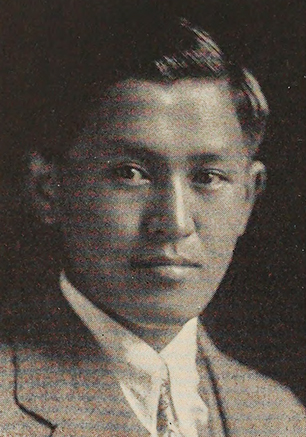
Suenori Kuwada, Class of 1930
Hyogo-Ken, Japan – Mechanical Engineering
Like his father before him, Suenori made the long journey from Japan to attend WPI. He lived with his father's classmate, Arthur Comins '1893, and was popular with his classmates.
Kuwada was remembered for his athleticism and artistic talent, where classmates noted his contributions in the Rope Pull, feats on the soccer pitch, and drawings on the blackboards. Suenori would tragically die after contracting tuberculosis his sophomore year. In their senior yearbook, his classmates wrote he would be "missed as long as his classmates hold Tech in memory."
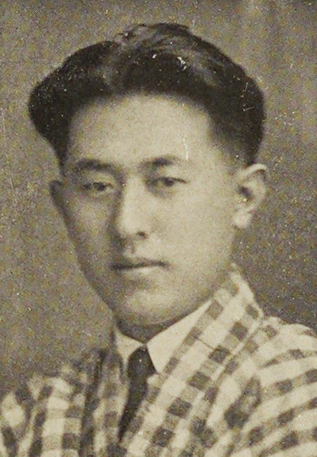
Kenzo Matsuo, Class of 1925
Tokyo, Japan – Electrical Engineering
Matsuo entered WPI as a Junior in 1923 after first studying at MIT and the MacKenzie School in New York. His arrival was celebrated by his classmates as evidence of WPI's reputation being known "far and wide."
Active in the international social group Corda Fratres, "Ken" was considered good-natured, helpful, and an avid reader. He returned to Japan after graduation. After World War II, when postal restrictions in Japan were lifted, he wrote WPI to share his sadness over the war. He later became an engineer in service to the US Army based in Japan, retiring in 1969.
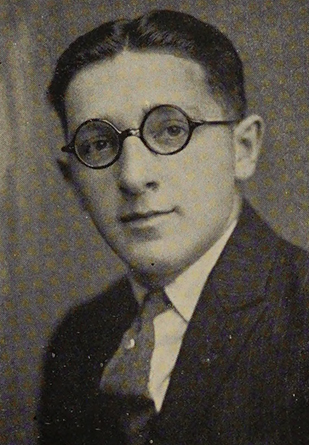
Abraham Rosenbloom, Class of 1925
Russia – Electrical Engineering
Rosenbloom first attended Worcester Classical High School for three years before enrolling at WPI. "Abe" was active in the Glee Club, Orchestra, and Sholem Aleichem. He was also a gifted dancer, tennis, and basketball player.
As a member of the orchestra, he played the violin, piano, flute, and cello. After leaving WPI, Rosenbloom remained in Massachusetts, working for 37 years as an insurance agent with Prudential Life Insurance Co.

Kotaro M. Shimomura, Class of 1888
Osaka, Japan - Chemical Engineering
Shimomura entered WPI after first studying theology at Doshisha University in Japan. In 1887, he joined fellow students, including George Rockwood, on a surveying expedition of New England as the designated chemist.
After graduation, Shimomura returned to Japan and enjoyed a successful career as a chemist and academic, serving as president of Doshisha University and Chief Engineer of the Osaka Seimi Works Company.

Chamroon Tishyanandana, Class of 1941
Bangkok, Siam – Electrical Engineering
Tishyanandana was the first ethnic Thai to enroll at WPI. Sent to study in the United States by the government of Siam, now known as Thailand, he was active in the Cosmopolitan Club, presenting on his homeland to the group his senior year.
He returned to Siam a few months before the country was occupied by the Imperial Japanese Army during World War II. Tishyanandana joined the anti-occupation Free Thai Movement where he worked directly with the United States Office of Strategic Services, the predecessor to today's Central Intelligence Agency, working to free his homeland.
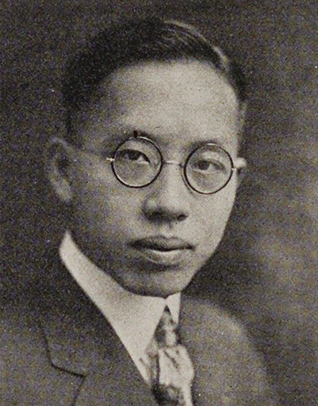
Jian Hsueh-Han Tsui, Class of 1923
Canton, China – Electrical Engineering
Described by his classmates as quiet and unassuming, Tsui was quickly regarded as a cherished friend and one of the most esteemed and admired fellows on the Hill. He was also a well-regarded dancer and helped to organize campus social events.
Known as "Tree" and "Johnny" to his classmates, Tsui was active in Chinese Student's Club, Cosmopolitan Club, and Cordes Frates where he enjoyed educating the entire campus community on his own and other countries.
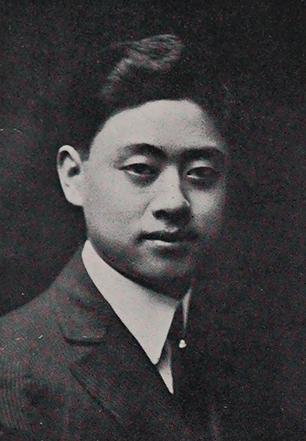
Sih-Zung Yang, Class of 1914
Shanghai, China – Electrical Engineering
Yang came to the United States in 1910, first enrolling at Columbia University before entering WPI as a sophomore. Of the nearly 500 hundred Chinese students competing for an American scholarship in 1910, he scored the highest on the standard government administered examination.
A model student, Yang was a member of the Cosmopolitan Club and was elected a class officer. His classmates remembered his many interests including art, dance, and even color photography. After graduation, Yang returned to China.
Back
